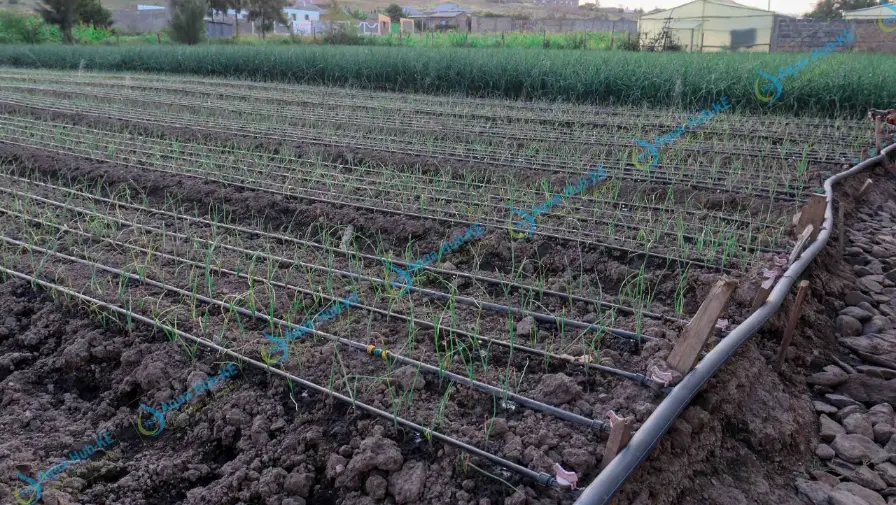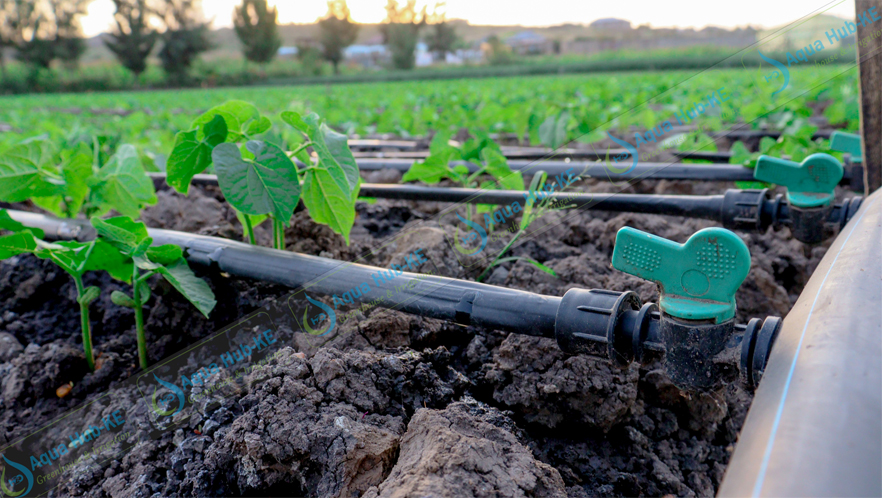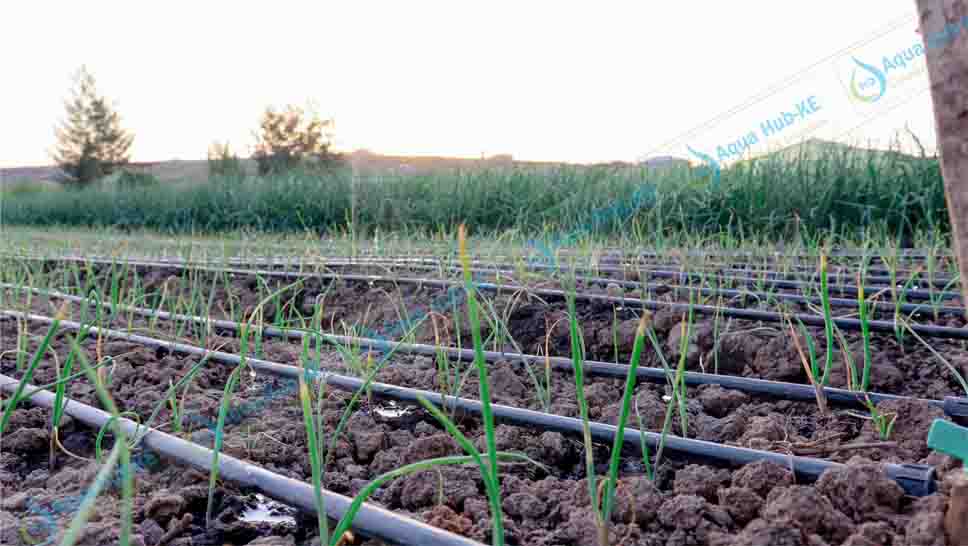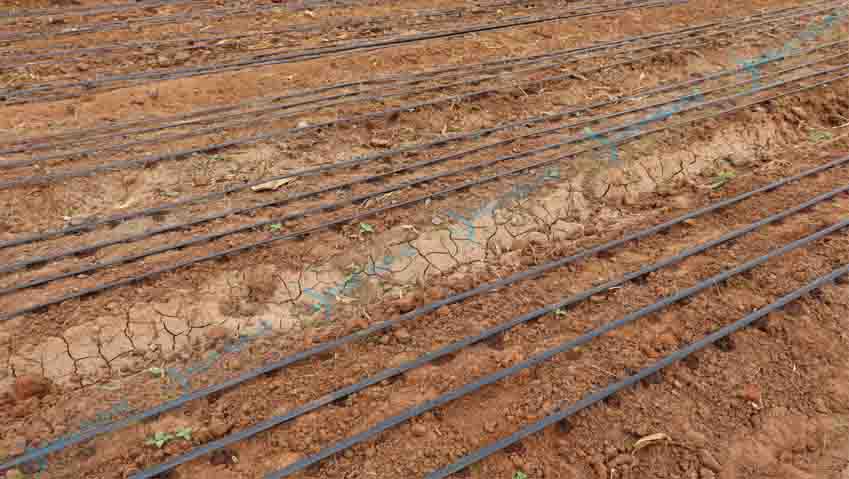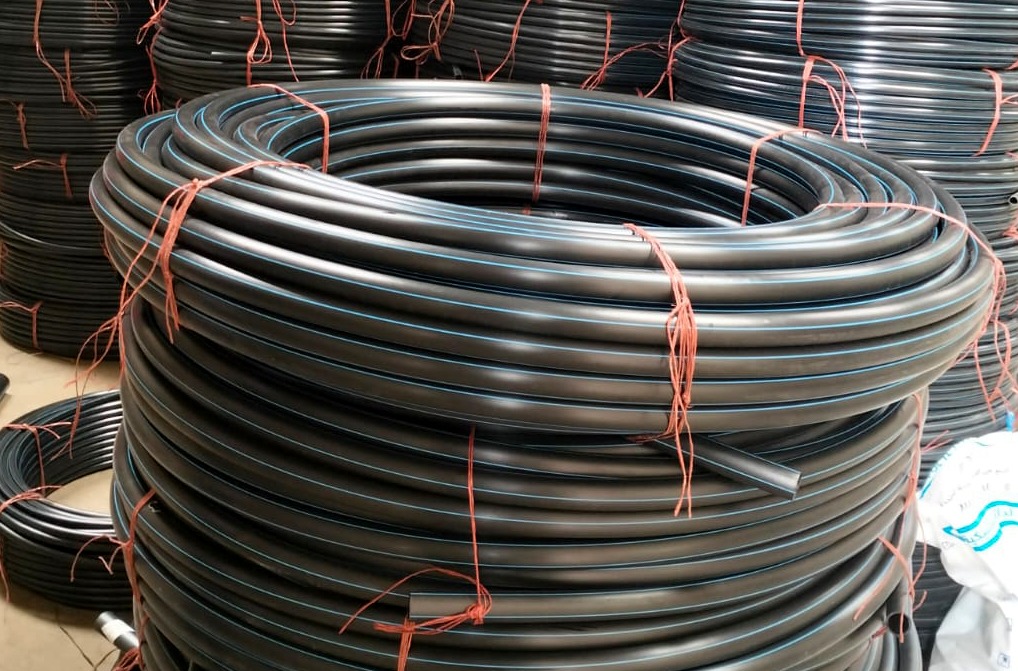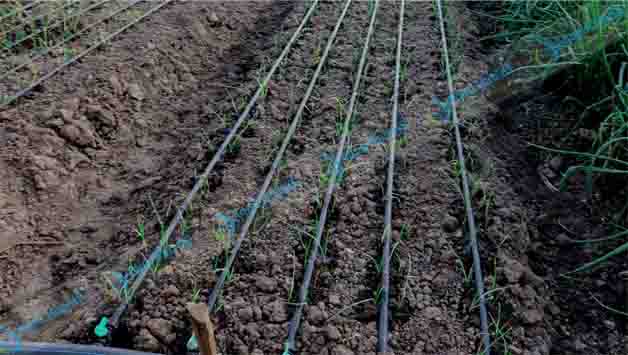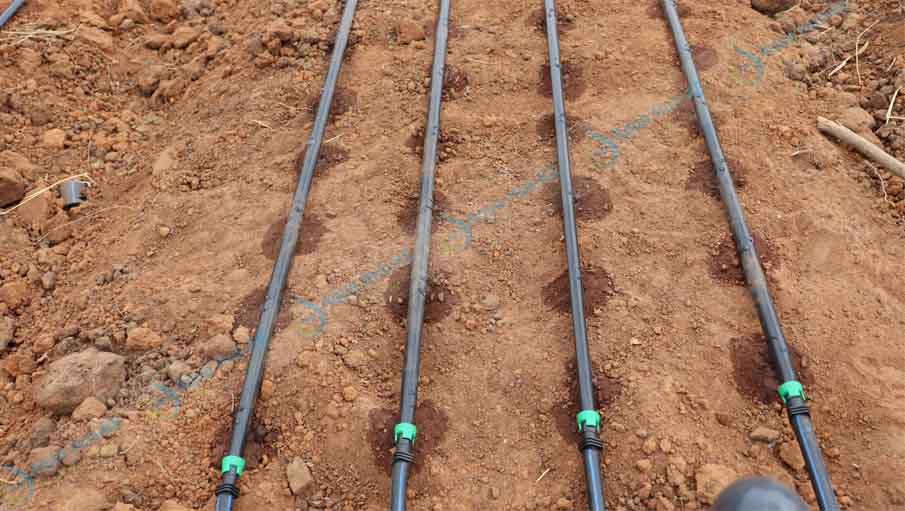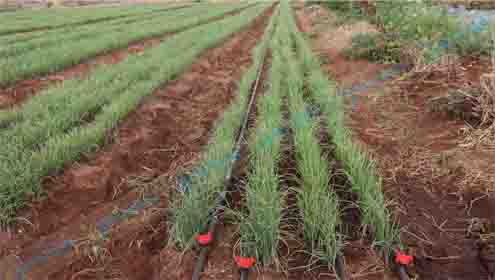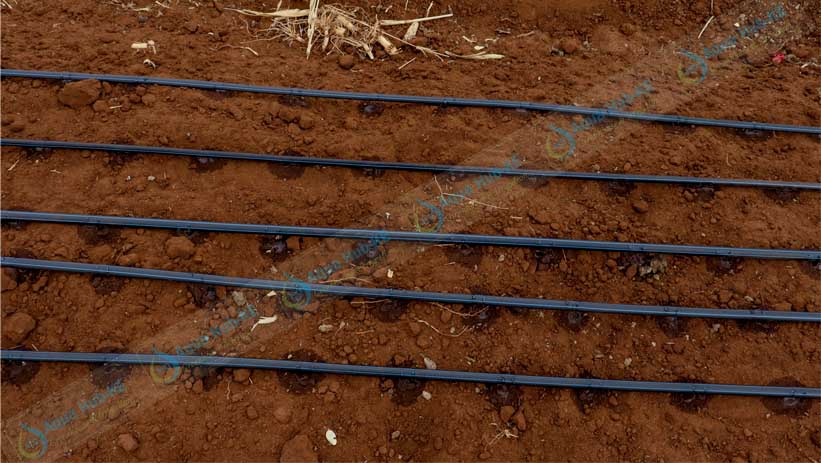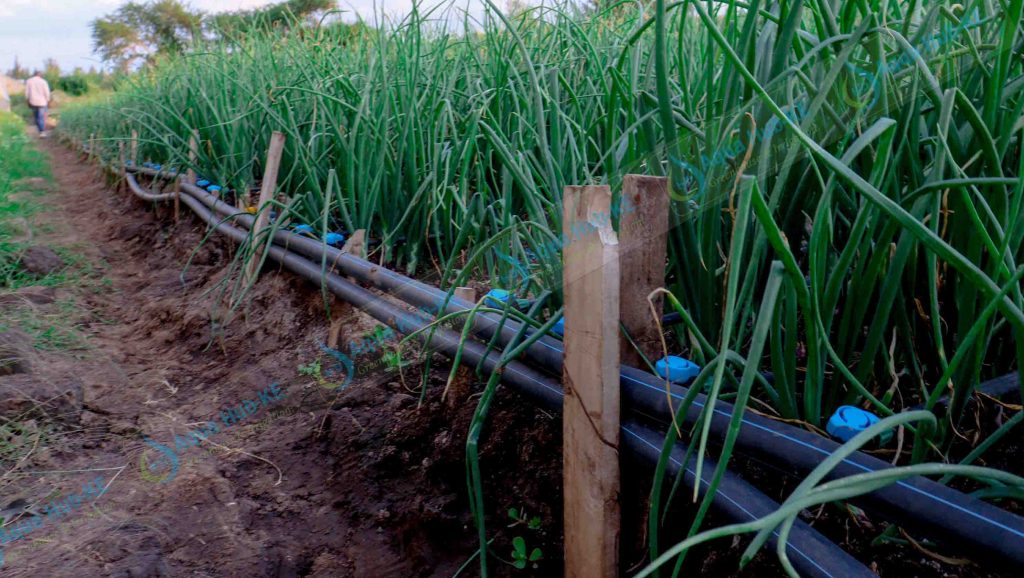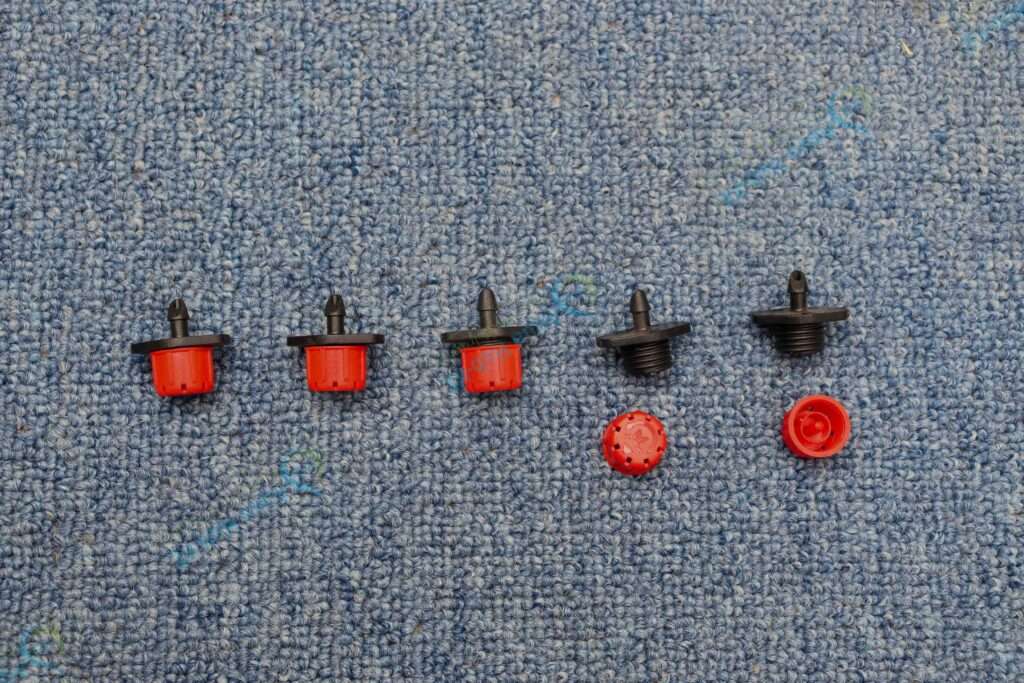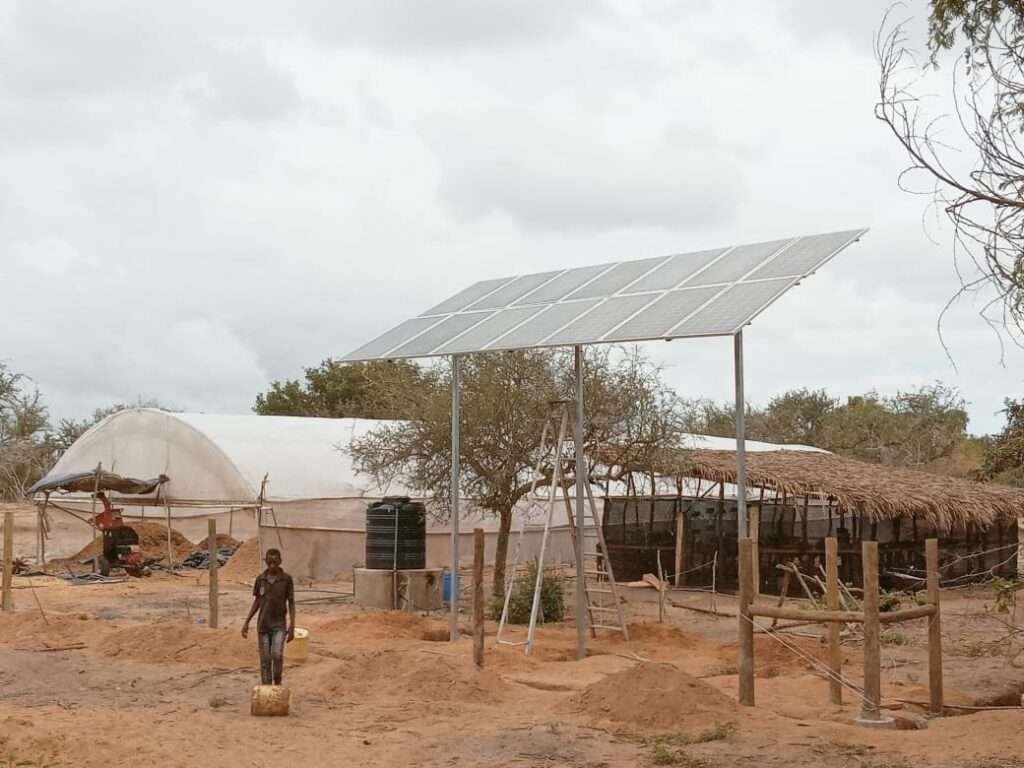Blog
Best Drip Tapes in Kenya: for High Value Crops
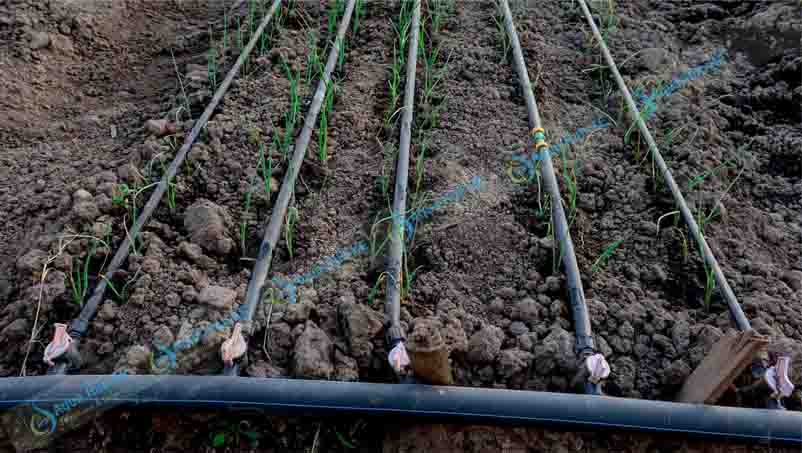
Drip Tapes are now widely used in irrigation for proper growth and production of vegetables, horticulture, greenhouse and field crops. With Aqua Hub’s affordable drip tapes in Kenya, all growers especially smallholder farmers can boost yields through precision watering.
In this guide, you will learn the cost, considerations, crop-specific uses, challenges and expert tips for long term use of drip tapes in Kenya.
Need Drip Tapes or Complete Drip Irrigation Installation?
Call 0790719020
Why We Embrace Drip Irrigation
- Precision Irrigation: drip tapes in Kenya once laid on the plant lines carry and release water straight to the root zones. This will prevent wastage and enhance right consumption.
- Increase in Yield and Quality: take for instance tomato plant, drip irrigated tomatoes often have high quality and yield compared to those grown without irrigation.
- Weed Control: because of target irrigation, the farm has lower weed growth.
Drip Tapes in Kenya: Where to Buy Driplines
Aqua Hub LTD stocks drip tapes in Kenya available in 15, 20, or 30 cm spacing, 16 mm diameter, and wall thickness between 0.2–0.4 mm. We also provide full drip kits with filters, connectors, and venturi injectors.
Drip Line | Drip Tape Prices in Kenya
Driplines are available for KES 8,500 per roll of 1000m at Aqua Hub LTD.
Cost of Drip Tapes in Kenya Per Acre
| Size / Lines Per Bed | 1 Line | 2 Lines |
3 Lines |
|
1 Acre |
65,000 | 95,000 |
130,000 |
|
1/2 Acre |
30,000 | 45,000 |
60,000 |
|
1/4 Acre |
16,000 | 25,000 |
35,000 |
|
1/8 Acre |
10,000 | 15,000 |
20,000 |
Understanding Emitter type: Single vs. Double emitter
- Single‑emitter tape is cheaper and ideal for low-pressure gravity-fed systems.
- Double‑emitter tape delivers higher flow, handles partial clogging better, and reduces irrigation time by up to 40%
Which Drip Tapes to Use?
Drip Tapes in Kenya are available in emitter spacing of 15cm, 20 cm and 30 cm all ideal for different crops according to the spacing. The suitable crops are outlined below.
- 15cm: for very close crops like onions and garlic.
- 20 cm: suitable for cabbages, kale, Sukuma wiki, capsicum.
- 30 cm: for tomatoes, strawberries, peppers, watermelon.
Design and Number of Driplines for High Value Crops
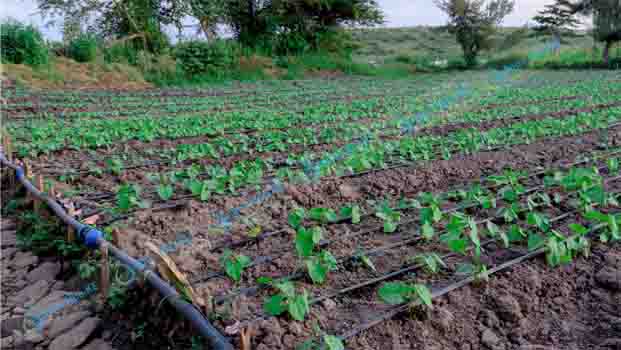
Drip tapes in Kenya are distributed on the planting beds as per the crop type or size of farm. Recommended number for high value crops are as follows;
- Onions & Garlic: High-density planting. use double‑emitter tape, 15 cm spacing, 3 lines/bed.
- Tomatoes, Capsicum, Kale: Medium density. 20 cm spacing drip tape, 2 lines per bed are often ideal.
- Melon, Watermelon: Widely spaced. Use 30 – 50 cm spacing per plant, or low‑density row.
- Strawberry & herbs: High value, greenhouse and open field require drip tape of 20 cm spacing and 0.4 mm thickness for longevity.
What to Consider when Buying Drip Tapes
- Dripline Flow Rate : choose the emitter flow rate as per the run length, water quality and soil type. For longer run length, you need a drip line with lower flow rate.
- Emitter Spacing: the required emitter spacing varies according to the type of crops to grow.
- Wall Thickness : driplines are available in thickness of 0.2 -0.4 mm. Thickness affects the durability of every drip tape. If you are using it in hotter regions, go for thicker ones.
- Filtration : consider the sand content in the irrigation water to determine which drip emitter to use. Clog resistant drip emitters are ideal even if you still have to install water filters.
- installation: it is best to buy from a supplier or company that offers professional installation services. It will save you time and also lowers the overall cost.
Buy Drip Kits from Aqua Hub and Installation Done For You
We install drip irrigation kits at affordable costs included in our dripline package. We will need to do a site survey to your farm, the prepare a quote for you. Then installation is scheduled and conducted as immediately as possible. Our services are known to be of top quality.
Call 0790719020 to learn more.
Best Practices for Proper Irrigation with Drip Tapes in Kenya
- Layout planning: 1 m-wide raised beds with driplines laid along each bed; common layouts include 1, 2 or 3 lines per bed depending on crop density. Total tape requirement varies by layout (e.g., 8,000 m for 3 lines on 1 acre)
- Pressure & filtering: Install a filter system and pressure regulator at the header to prevent emitters clogging and ensure proper pressure control, especially in pump-driven systems.
- Operation schedule: Irrigate for 20–40 minutes per block per session; in hot months run daily, while in cooler seasons reduce depending on soil moisture.
- Flushing: Flush the system periodically with clean water or mild solution, and store tapes properly to avoid rodent or UV damage.
- Mulching: Cover drip tape with organic mulch to reduce evaporation and prolong tape lifespan; just orient emitters upward.
How Beneficial are Drip Tapes in Kenya?
- Water Use Efficiency: Drip irrigation tapes reduce water wastage by 60% compared to overhead sprinkler methods.
- Saves on Labor Costs – when the system is completely connected and operational, even one person can start and shut it down. It can also work with automation to irrigate on its own using smart controllers and sensors.
- Fertilizer efficiency: enhances efficient management and use of fertilizer since equal rates are fed to every plant.
- Compatible to multiple terrains: pressure compensated driplines are ideal for hilly terrains. Drip tapes can also work with pumps when the pressure is not sufficient for even water supply.
- Long shelf life: because of their design from UV treated material, they last for 3 years while still in good condition.
- Quality and Significant Yield: the efficient water and fertilizer distribution to crops results to high yield and quality of produce.
- Versatile Crop Use: drip tapes are used for irrigation of a wide range of crops including short season vegetables, flowers, fruits and seedlings. It is also suitable for long season crops such as corn, avocado, apples and cassava.

